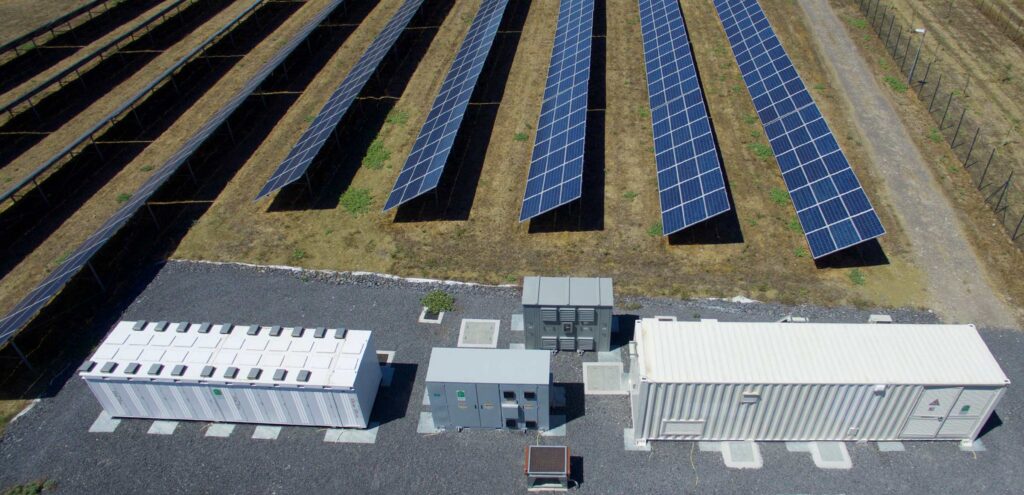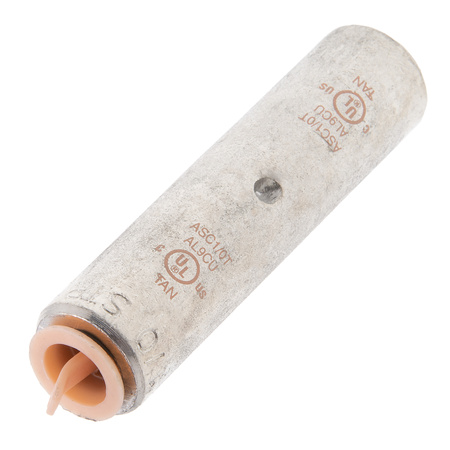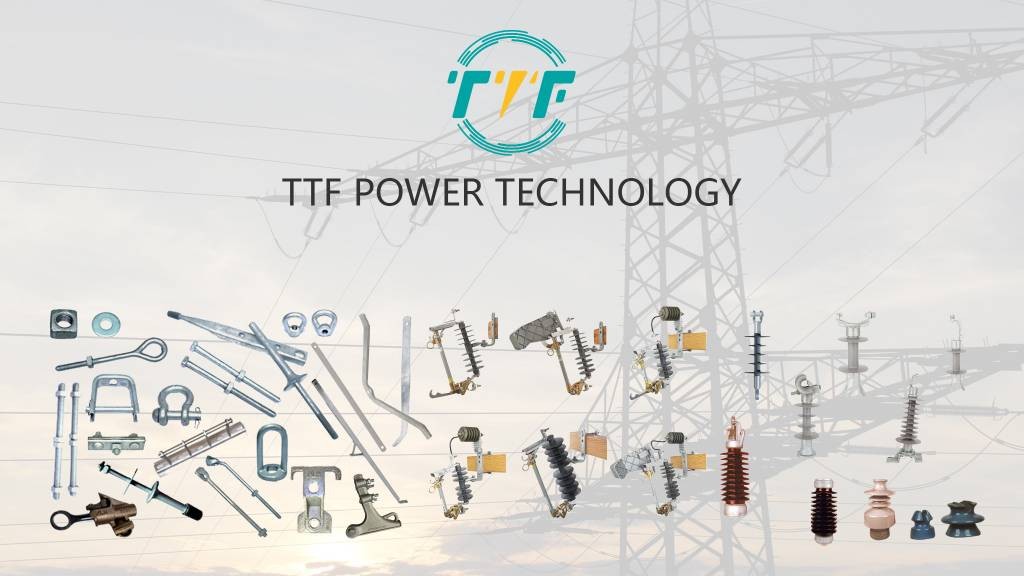
Battery energy storage systems (BESS) play a crucial role in Chile’s energy landscape, leveraging its vast resources. The Atacama Desert has plenty of solar resources and extensive wind potential. This has positioned Chile as a leader in renewable energy adoption in South America. Most renewable energy sources are intermittent; this necessitates robust energy storage solutions to ensure grid stability and reliability. BESS provides fast-response services to stabilize the grid, such as frequency regulation and voltage control. They help maintain grid reliability and reduce the need for fossil fuel-based peaking plants. BESS enables energy shifting, storing energy during off-peak hours when demand is low and releasing it when demand is high. The use of compression splices in BESS ensures reliable electrical connections within the infrastructure. This is crucial for the efficient and safe operation of the energy storage systems.
A compression splice is a type of electrical connector used to join two or more electrical conductors. It compresses the conductors together using a mechanical tool to create a low-resistance and high-reliability connection. Compression splices contribute to the growth of renewable energy and the stability of Chile’s energy grid. This is by supporting scalability, reducing maintenance needs, and enhancing system efficiency. However, the splices must be designed to withstand the harsh environmental conditions, including extreme temperatures, dust, and moisture.
Roles of compression splices in BESS development in Chile
Compression splices are crucial in the electrical infrastructure of battery energy storage systems in Chile. The splices connect, extend, and reinforce power cables, ensuring efficient and safe energy transmission. Metlen & Metals Energy BESS may also use compression splices to ensure efficient power transfer from batteries to the grid, reliable and durable connections, and seamless integration with Chile’s renewable energy infrastructure. Here are the roles of compression splices in BESS.

- Ensuring secure electrical connections—compression splices join two conductors together by applying mechanical pressure. This creates a permanent and low-resistance connection. The connections help maintain consistent energy flow and reduce power loss.
- Improving electrical conductivity—compression splices provide tight, high-conductivity connections and reduce resistance.
- Enhancing mechanical strength—BESS facilities need high-performance electrical infrastructure that can withstand harsh environmental conditions. Compression splices reinforce and protect cable joints from mechanical stress, vibrations, and thermal expansion.
- Ease of grid integration & expansion—new energy storage facilities must be integrated with existing grid infrastructure. Compression splices enable seamless extension of power lines to help connect storage systems to solar farms, wind farms, and substations.
- Supporting high-voltage & high-capacity energy transfer— Chile’s large-scale BESS projects involve high-voltage transmission. This needs reliable and robust electrical joints. Compression splices are able to handle high current loads to ensure the system can deliver power efficiently.
- Reducing maintenance & repair costs—compression splices form a permanent bond, which necessitates less maintenance over time. This is crucial in remote BESS locations where maintenance can be costly.
Key investments in expanding Chile’s BESS
Chile’s energy sector is facing significant growth in battery energy storage systems driven by various investments. The investments aim to enhance renewable energy integration and grid stability in Chile. The investments also show Chile’s commitment to expanding BESS infrastructure to ease a more sustainable and resilient energy sector. The following are the investments in BESS development in Chile.

- Utility-scale BESS projects—this includes the Coya BESS developed by Enel with a capacity of over 400 MWh. It supports the integration of renewable energy into Chile’s grid. It also includes the Andes Solar BESS with a large-scale BES to store excess solar energy and provide grid stability.
- Hybrid solar-plus-storage projects—various projects combine solar PV with BESs to ensure a stable energy supply. For instance, the Cerro Dominador solar project includes a 110 MW solar PV plant and a 17.5 MW BESS.
- International and domestic investment—companies such as AES Corporation, Enel, and Fluence have invested in Chile’s BESS market. The investments play a crucial role in bringing global expertise and technology.
- Green hydrogen and BESS synergy—Chile’s green hydrogen aims to position the country as a global leader in green hydrogen production. Investments in BESS can provide the stable and reliable energy supply needed for electrolysis.
- Public and private sector collaboration—the Chilean government collaborates with private sector players to promote BESS investments. Public-private partnerships are crucial in advancing BESS technology and deployment in Chile.